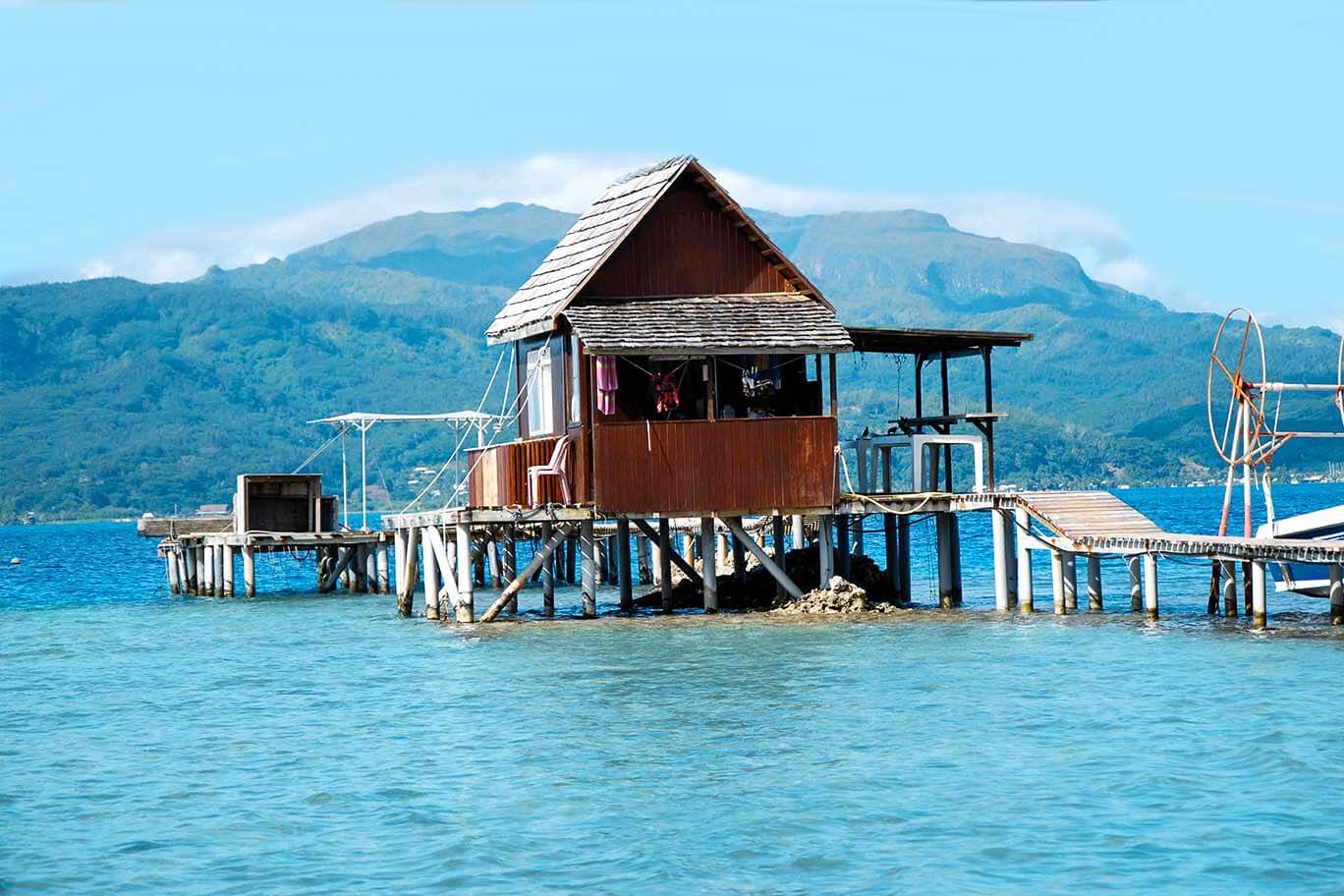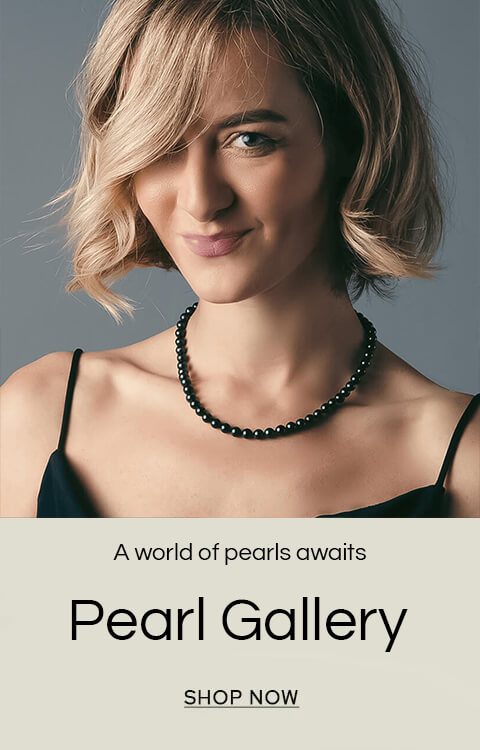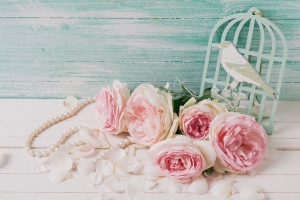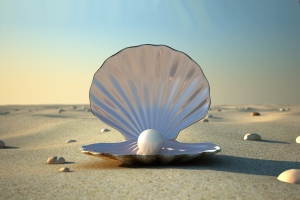
French Polynesia home of the fabled Black Tahtian Pearl
The morning was perfect; the intense blue sky only surpassed by the sublime deep turquoise of the lagoon. In the distance waves broke into white foam upon the surrounding coral reef.
As we skimmed across the channel between the islands of Raiatea and Tahaa in the Societie chain, Dominic; our Water Taxi skipper, told us of how he’d shunned the Rat Race in Paris for the taxi-boat business on a whim. His stress-less life now, he told us, was perfect.
As we approached the halfway point Dominic suddenly slowed the boat and called out “dolphins!” Sure enough 3 black fins rose and fell in sequence some 150 metres from the boat and then they were gone. A brief magical moment in a perfect setting.
Champon Pearl Farm
Our destination, Champon Pearl Farm, slowly came into view and Dominic expertly coaxed the vessel to a slow halt as we slid smoothly alongside the farms wooden jetty.
The increasing heat of the morning engulfed us as we took in the scene. The jetty reached out some 18 metres from the shore line; its wooden planks bleached grey by the sun and salt. Half way along it widened to support a large brown wooden hut, beyond which an area missing planking to allow nets to be hung in the water. Alongside, 2 boats were held suspended on hoists above the water.
A tall, dark haired young man casually dressed in shorts and T-shirt appeared and introduced himself as Aymeric Champon. His Mother and late father had founded the pearl farm and he now managed its running. We chatted for a while and he agreed to show us how they produce their pearls.Firstly he lifted one of the suspended nets containing immature Black Lip Oysters. He explained how they buy the baby oyster from Apitiaki -a far distant island where they are more abundant, and then grow them until they are mature enough for culturing at around 18 months.
He demonstrated the process of selecting oysters with good internal shell colouration using the mirrored edge of a rounded blade inserted just inside the shell. This is vital as the culturing process requires what’s known as “Mantle Tissue” from a donor oyster and good shell colours mean good mantle tissue and in turn beautiful pearls. After he’d selected a suitable shell he took us inside the hut and carried out the operation to remove the tissue and cut it into 2mm squares in readiness for implantation to the recipient Oyster.
For this he retrieved another mature shell and carefully opened it and inserted a metal clamp to prevent it closing. He then placed it in a special Oyster holder, and quickly and skilfully made a small incision to the oysters “Pearl Sac” then introduced a small Mother of Pearl bead followed by the mantle tissue in contact with the bead. This still live tissue eventually encircles the bead and deposits “Nacre” -the same substance the oyster uses to build its shell, and thus the pearl is born. He then removed the clamp and the oyster closed its shell.
He explained that in the full commercial process the oysters would be allowed to recover in shallow nets then would be placed into panels and taken out into the lagoon and cleaned periodically to keep parasites at bay. There they would remain for 18 months to 2 years suspended at 3 to 5 metres before being returned to the farm for harvest in August or September. He then invited us into the family’s home; a lovely large colonial style bungalow a short walk from the end of the jetty, where we met his Mother Monique.
We chatted with Monique about the pearl business and over drinks she produced tray after tray of their beautiful multi coloured Pearls for our inspection.
After an hour we reluctantly had to leave, as a boat from another pearl farm manned by the farmer and his young daughter arrived to collect us to view their latest harvest. We waved good bye to the Champons from the farmers boat and Bora Bora slid into view as we left. Just another working day in Paradise!
Facts about Tahitian Pearls (Black South Sea Pearls)
- Oyster: The Black Lip (Pinctada Margaritifera)
- Shapes: Round, Baroque, Drop, Keshi, and Bouton
- Sizes: 7 to18mm
- Colours: All shades of black and grey through to green hues, (Pistachio), blue hues, aubergine hues, bronze hues, gold, pink and silvery white.
- Locations:French Polynesia, The Cook Islands and Australia




